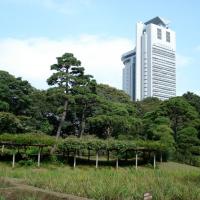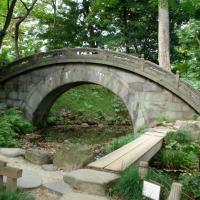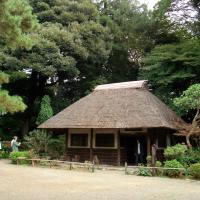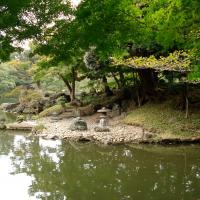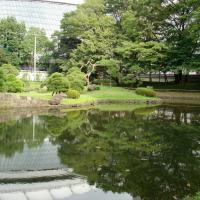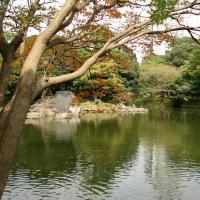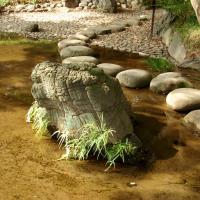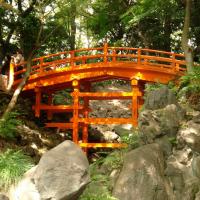Suidobashi
Koishikawa Korakuen Gardens
Koishikawa Korakuen is the oldest surviving Diayamo garden in Tokyo and is typical of the stroll gardens of the Edo period. This 17.5 acre garden was originally a 65 acre garden. City planners reduced its size drastically during Japan's modernization. It was first laid out by Yorifusa Mito in 1629 and later completed by his successor Mitsukuni Mito. The garden includes many elements with Chinese origins. It is located to the west of Tokyo Dome in Bunkyo Ward.
It is one of only seven places in Japan designated as a special place of scenic beauty and a special historic site. The name, Korakuen (garden enjoyed after), comes from a Chinese proverb that a good ruler should worry before others do and enjoy life after others do.
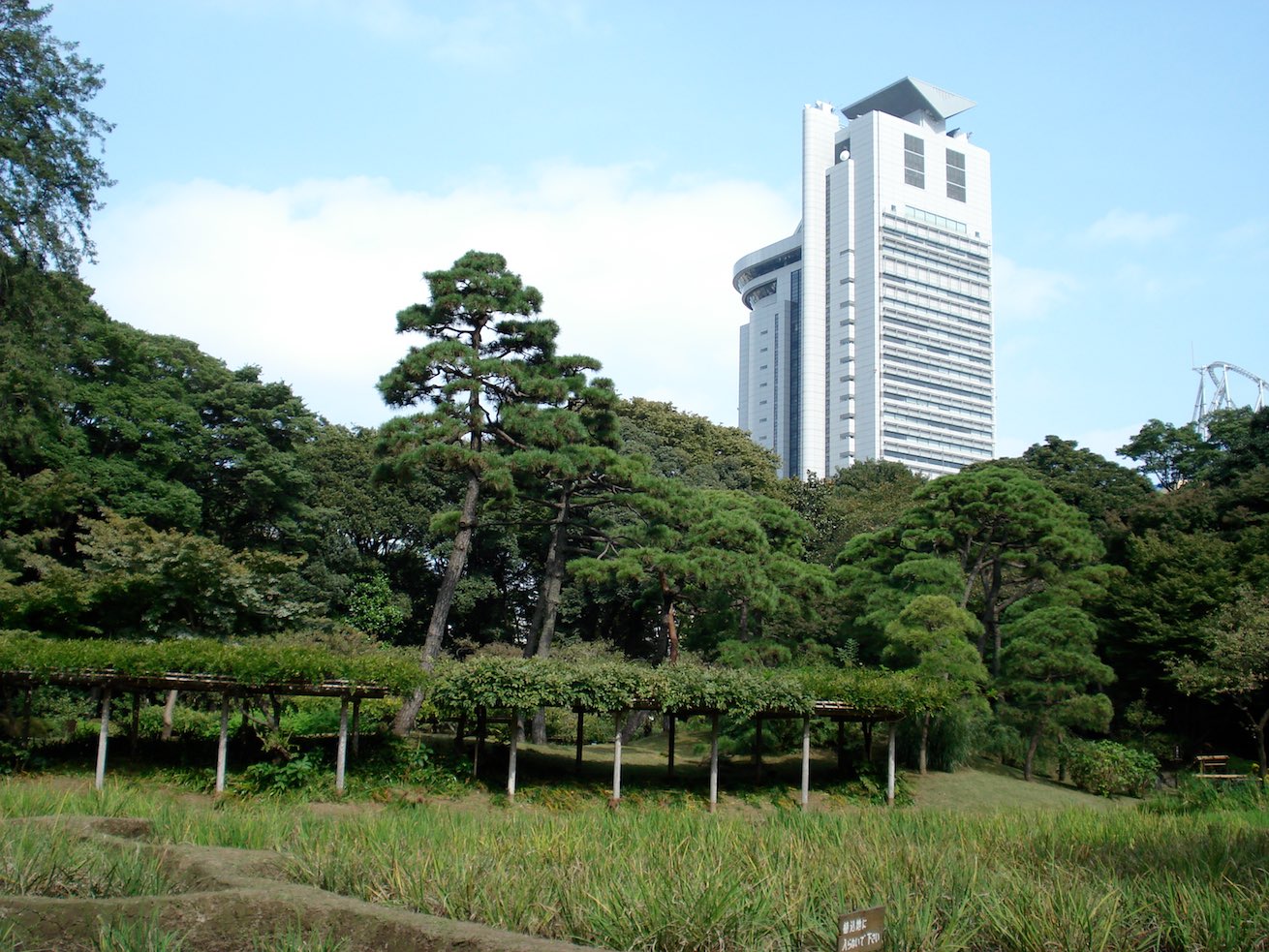
Taking in the Garden
This garden is a stroll-type with meandering paths and it will take about 1 hour to go along them all. The full route is about 1,400 meters. If you stick to walking around the ponds then the distance and time required can be halved.
The garden can be divided into the central pond, western highlands, northern flower gardens and the south east inner garden. The central pond has a large island that is reflected beautifully from vantage points on the southern path. The maple grove along the south goes quite red in the fall.
The highlands are a heavily wooden area. Small rivers run into the pond from here and under a vermilion bridge and a early Edo period stone bridge. The stone bridge is called Engetsu-kyo (Full Moon Bridge). The reflection of the bridge in the pond creates a full circle. It is one of the few bridges from this era left.
Between the pond and the flower gardens is a tea house called Kuhachi-ya. The flower gardens features irises, wisteria (late April) and plum blossoms (Late March).
The inner garden (Naitei) is actually where the true front gate is. The section is very close to Tokyo Dome and has a beautiful reflecting pond with a small island with evergreens on it. The path back to the southern edge of the main pond goes through a nice forest.
There are free tours of the garden given in Japanese by volunteers at 11:00 and 2:00.
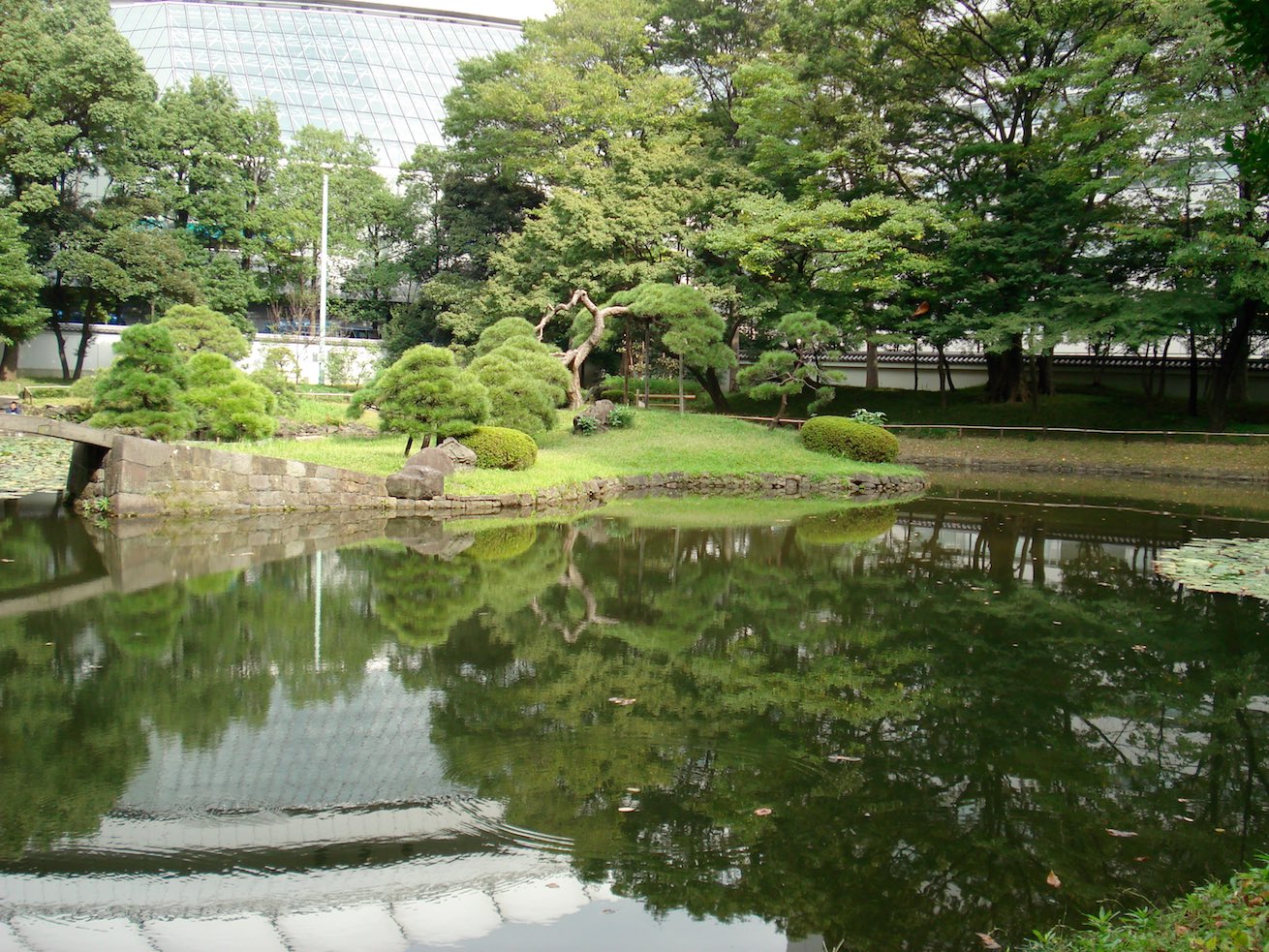
Flower Dates
| Flower | 1 | 2 | 3 | 4 | 5 | 6 | 7 | 8 | 9 | 10 | 11 | 12 |
| Apricot | <+> | |||||||||||
| Cherry | - < | +> | ||||||||||
| Wisteria | - < | |||||||||||
| Iris(Rabbit) | <> - | |||||||||||
| Iris | <> - | |||||||||||
| Water Lily | < | + | + | + | > | |||||||
| Lotus | - < | > - | ||||||||||
| Maple | - <> |
These dates are not perfect as flowers bloom and leaves turn color when they want to.
Summary
The Koishikawa Korakuen Gardens are one of Tokyo's most historic gardens and has a wide range of landscapes. Unlike most gardens in central Tokyo, only Tokyo Dome and the Bunkyo-ku Ward Office are the only overally visible modern buildings. This garden is highly recommended.
The Tokyo Dome is nicknamed "the big egg" and it lives up to its name when viewed from the gardens because the building underneath is hidden by the trees.

Getting There
By JR, take the Sobu Line (not Chou) from Akihabara and get off at JR Iidabashi Station (8 minutes). From Shinjuku, or Chou Line and change to the Sobu Line before Suidobashi from Shinjuku. 15 minute walk.
By subway, the Toei O-edo Libe is only a 2 minute walk from that lines Iidabachi Station. The Tokyo Metro Tozai Line, Yuraku-cho Line and Namboku Line all have an Iidabashi Station that is 8 minutes from the gardens.
If you are at Tokyo Dome (JR Suidobashi Station) then walking directly there will take 15 minutes. There is no parking at the Koishikawa Korakuen Gardens for cars.
Posted: April 18, 2011 Updated: February 24, 2015

